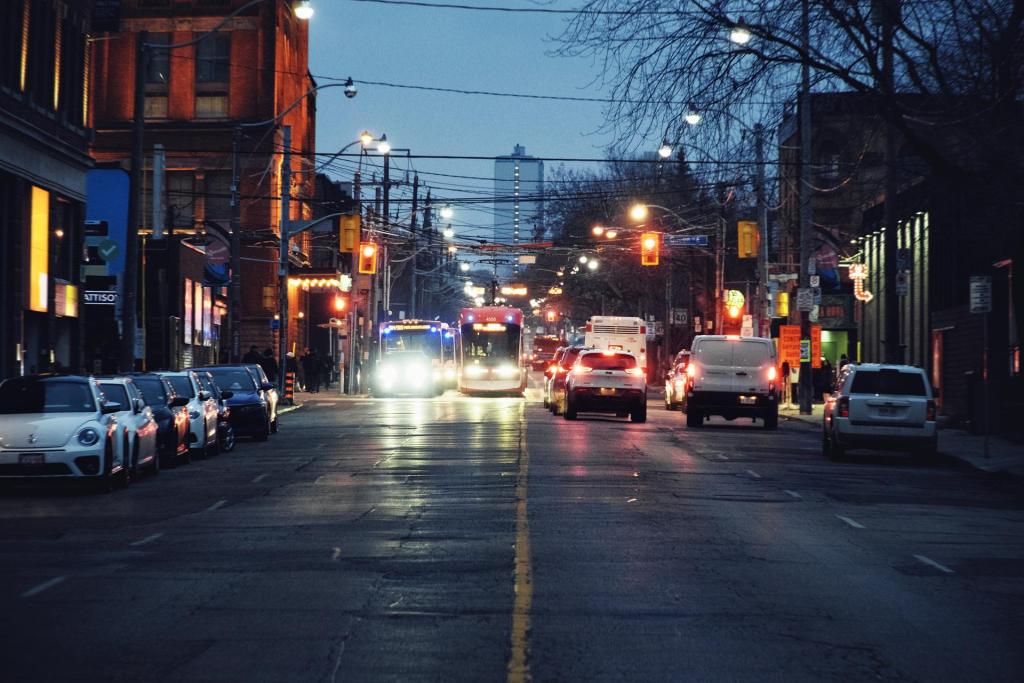7481 Woodbine Ave #203, Markham, ON L3R 2W1 (647) 806-8188
Copyright © 2021 CondoTrend. All rights reserved.

The city of Toronto is responsible for the inspection and maintenance of three expressways: the Allen Road Expressway, the F. G. Gardiner Expressway, and the Don Valley Parkway. In this article, you will learn about these highways’ history and some interesting facts.
Gardiner Expressway
The Gardiner Expressway constructed from 1950 to 1960. It is an essential part of the transportation infrastructure, allowing access to downtown Toronto from the Greater Toronto Area’s surrounding suburbs. Approximately 140,000 cars use the Gardiner Expressway on an average weekday. In the late 1940s, up to 105,000 automobiles, a day visited the downtown district of Toronto. To accommodate automobiles and stay up with the times, the city had to construct roads with a greater carrying capacity than those originally intended for horse-drawn carriages and trams. In 1956, construction on the F.G. Gardiner Expressway started. The Expressway named after Frederick G. Gardiner, the first head of the previous Metro Toronto Council and an ardent supporter of the project. The Gardiner was constructed in phases and finished in 1965 at an approximate cost of $103 million. As with any old infrastructure, weather, salt, and the daily impact of tens of thousands of vehicles have destroyed the Gardiner. The Gardiner Motorway Rehabilitation Strategy is the result of the city’s implementation of an extensive maintenance program in 2013 to maintain the whole freeway in perfect shape. From Highway 427 in the west to Logan Avenue in the east, the Gardiner Expressway spans 18 kilometres. There are two portions of the Expressway; at-grade (ground level) and elevated (above ground).
The 11-kilometer grade-separated segment extends from Highway 427 to within 300 meters of Dufferin Street’s east end. It consists of 32 constructions such as bridges, retaining walls, and culverts (structures that allow water to flow underneath). From east of Bathurst Street to the ramp for the Don Valley Parkway, the elevated section spans seven kilometres. This distance includes 17 ramps (on and off ramps) with 335 spans and 334 curves. The raised part of the Gardiner comprises three unique bridge structures that support the steel-reinforced concrete deck due to the historical era in which the sections built, the availability of materials, and new building methods and advances at the time. Between Dufferin Street and the CNE, the elevated highway supported by concrete t-beams. These sections are built with steel girders from Jarvis Street to the Don Valley Parkway and from Exhibition Place to York Street respectively. This part held up by a concrete box girder between York Street and Jarvis Street.

Don Valley Parkway
The Don Valley Parkway, often known as the DVP, is a 15-kilometre-long highway that connects the Gardiner Expressway in downtown Toronto to Highway 401 and serves as one of the city’s most important transit arterial roadways. On average, around 135,000 cars traverse the Don Valley Parkway each weekday. The Don Valley Parkway is a 15-kilometre-long freeway that connects the Gardiner Expressway in downtown Toronto to Highway 401 and completed in 1966. As the only freeway linking the city’s northern and southern extremities, the Parkway is a critical link in Toronto’s transportation network. The Don Valley Parkway, sometimes known as the DVP, traverses Toronto’s lively Don River Valley parklands east of the Don River. The DVP consists largely of six lanes and twelve exits along its 15 km length. The DVP continues as route 404 north of Highway 401. Frequently, the daily capacity of 60,000 cars exceeded. The parkway features dedicated bus lanes to facilitate traffic flow during sluggish periods. On June 7, 2010, former Toronto mayor David Miller dedicated a portion of the highway as part of the Route of Heroes.

Allen Road
The Allen Road, roughly 7.5 kilometres in length and named for the late William R. Allen, Chairman of Metro Toronto. It is an important transit arterial road that extends from Eglinton Avenue West to the northern section of Dufferin Street and offers main north-south access to the city. During weekday rush hours, Allen Road sees roughly 80,000 cars. The Allen Route is both one of Toronto’s shortest expressways and a key arterial road in Toronto. The highway connects Eglinton Avenue West to the northern section of Dufferin Street. Yorkdale Mall, the biggest retail center in Toronto, remains accessible via Allen Road. From Eglinton Avenue to north of Wilson Avenue, a portion of the Yonge-University subway line in Toronto placed in the median. The Allen was the first municipal expressway in Toronto to use high-pressure sodium lamps. Allen Road named after the late William R. Allen, former chairman of Metro Toronto.
Sources: https://www.toronto.ca/services-payments/streets-parking-transportation/road-maintenance/bridges-and-expressways/expressways/gardiner-expressway/about-the-gardiner-expressway/
https://www.toronto.ca/services-payments/streets-parking-transportation/road-maintenance/bridges-and-expressways/expressways/allen-road/
https://www.toronto.ca/services-payments/streets-parking-transportation/road-maintenance/bridges-and-expressways/expressways/don-valley-parkway/
7481 Woodbine Ave #203, Markham, ON L3R 2W1 (647) 806-8188